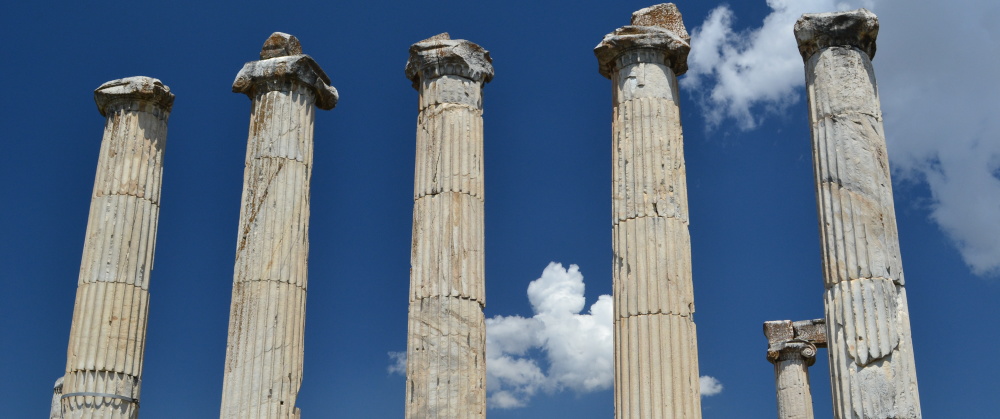(Disclaimer: this post contains an ancient artistic depiction of a sexual act)
By and large, research into earliest Christianity and its historical and social context is often based on ancient literary sources. In some sense, this focus on written texts is understandable. The earliest Christians were people of the book (what we call the Old Testament/Hebrew Bible) and scholars of earliest Christianity, many of whom are Christians or used to be, are indebted to that legacy. In addition, modern historical methods came to fruition in the nineteenth and early twentieth century either before the development of or during the infancy of the sciences of archaeology, epigraphy, numismatics, and art history. However, there are a plethora of non-literary sources from the world of earliest Christianity such as archaeological artifacts, which can supplement, challenge, and nuance the testimony from ancient literature and our historical reconstructions based on that testimony. In this post, my purpose is to demonstrate how one artifact can illuminate an aspect of the world of Paul’s letter to the Romans, female same-sex acts.
In Romans 1:18-3:20, Paul’s rhetorical aim is to demonstrate that all, both Jews and non-Jews, have sinned, fallen short of God’s glory, and are in need of the cosmic restorative righteousness that God offers in the gospel that Paul preaches (Rom 1:2-4). In the process, he lists what he calls examples of ungodliness and wickedness that Jews and non-Jews are guilty of and against which God’s anger is being revealed from heaven. The main sin of non-Jews in Rom 1:18-32 is their refusal to glorify and honor the God of Israel who is their creator (Rom 1:19-22), which led to idolatry (Rom 1:23). In addition, God handed over non-Jews to their own desires, one of which gives historians reason to pause, same-sex female activity:
“Their women exchange the natural use [of men] for what is contrary to nature” (Rom 1:26)
Most discussions of this reference to female same-sex activity in Romans mention the paucity of ancient Jewish and pagan sources that refer to it. For example, in his full length treatment of homosexuality and the New Testament, Robin Scroggs notes in an appendix on female same-sex activity, “One of the most surprising things a researcher in this area learns is that there is virtually nothing in the texts [of the Greco-Roman world] about female homosexuality” (Robin Scroggs, The New Testament and Homosexuality [Philadelphia: Fortress Press, 1983], 140).
The problem of a lack of sources that Scroggs points out relates to his dataset. He focuses solely on Greco-Roman literature. To return to his words, “there is virtually nothing in the texts . . .” If, however, one looks outside Greco-Roman texts, one sees that there are ancient artifacts that provide more Greco-Roman references to female same-sex acts, albeit visual references. To provide one example, a first century CE terra-cotta lamp from Asia Minor that is currently in the British Museum visually depicts a female same-sex act.
 (Museum # 2005,0921.1; © Trustees of the British Museum)
(Museum # 2005,0921.1; © Trustees of the British Museum)
The lamp pictures one nude woman performing cunnilingus (or oral sex) on another nude woman. It is clear that this lamp was made to be used and that someone used it, for soot is still visible on its neck and spout. What is more, this lamp is made from a mold, which indicates that it, along with this visual depiction of a female same-sex act, was mass produced. There is no way to know how many lamps were made from this mold or who acquired them. Nevertheless, this is one of numerous concrete artifacts that are available for the study of female same-sex activity in the Greco-Roman world. In short, this one lamp suggests that same-sex female activity was more prevalent than surviving Greco-Roman literature evinces. Such visual information as well as other artifacts have the potential for a better contextualization of Paul’s reference to same-sex female activity in Romans.
